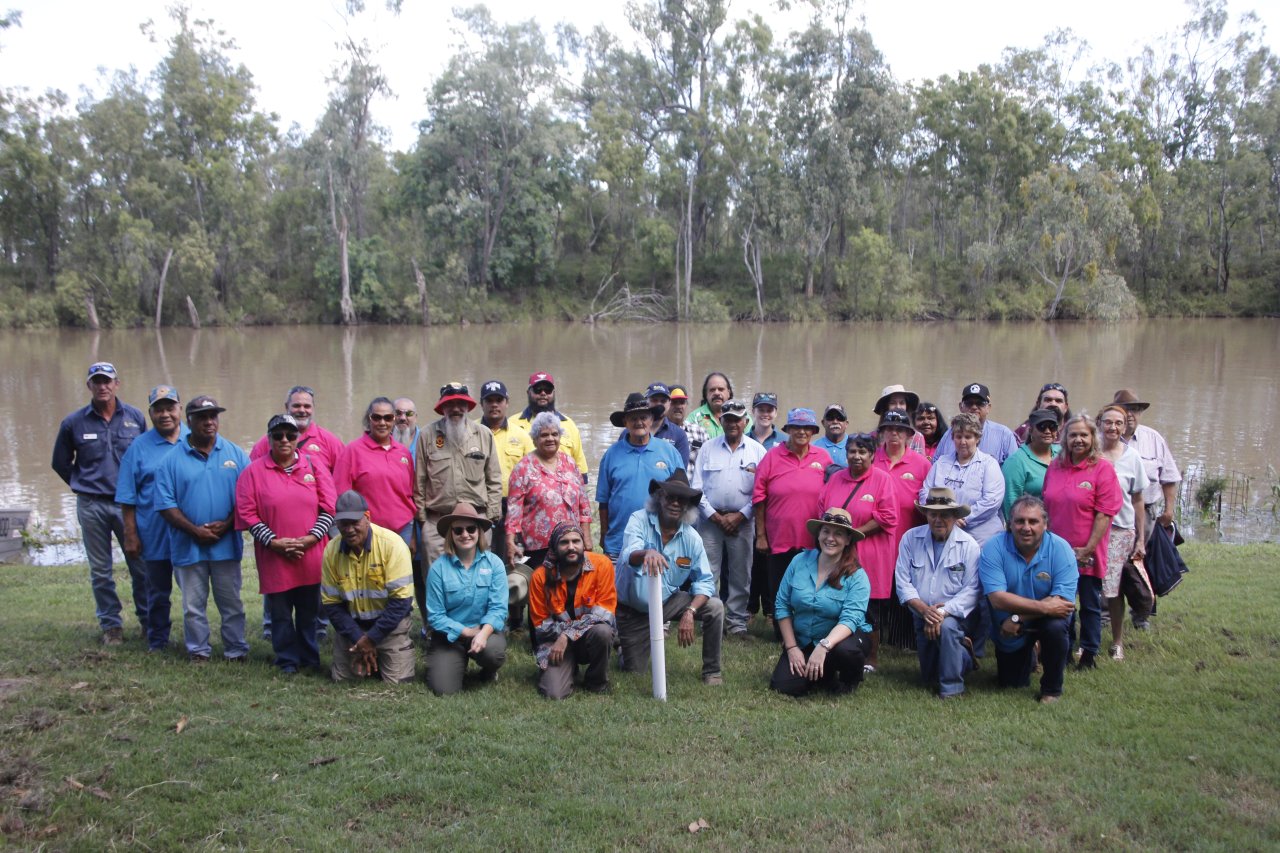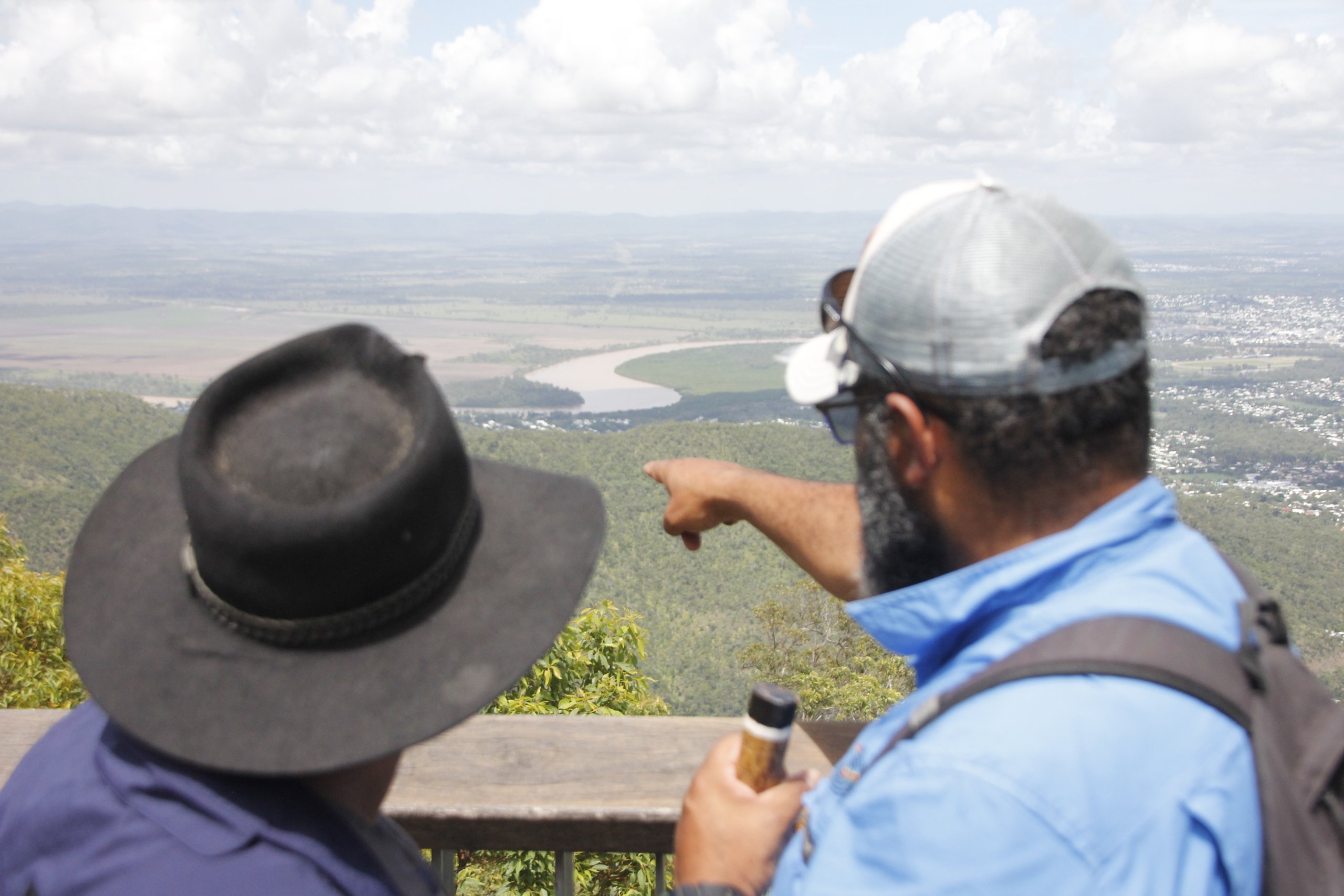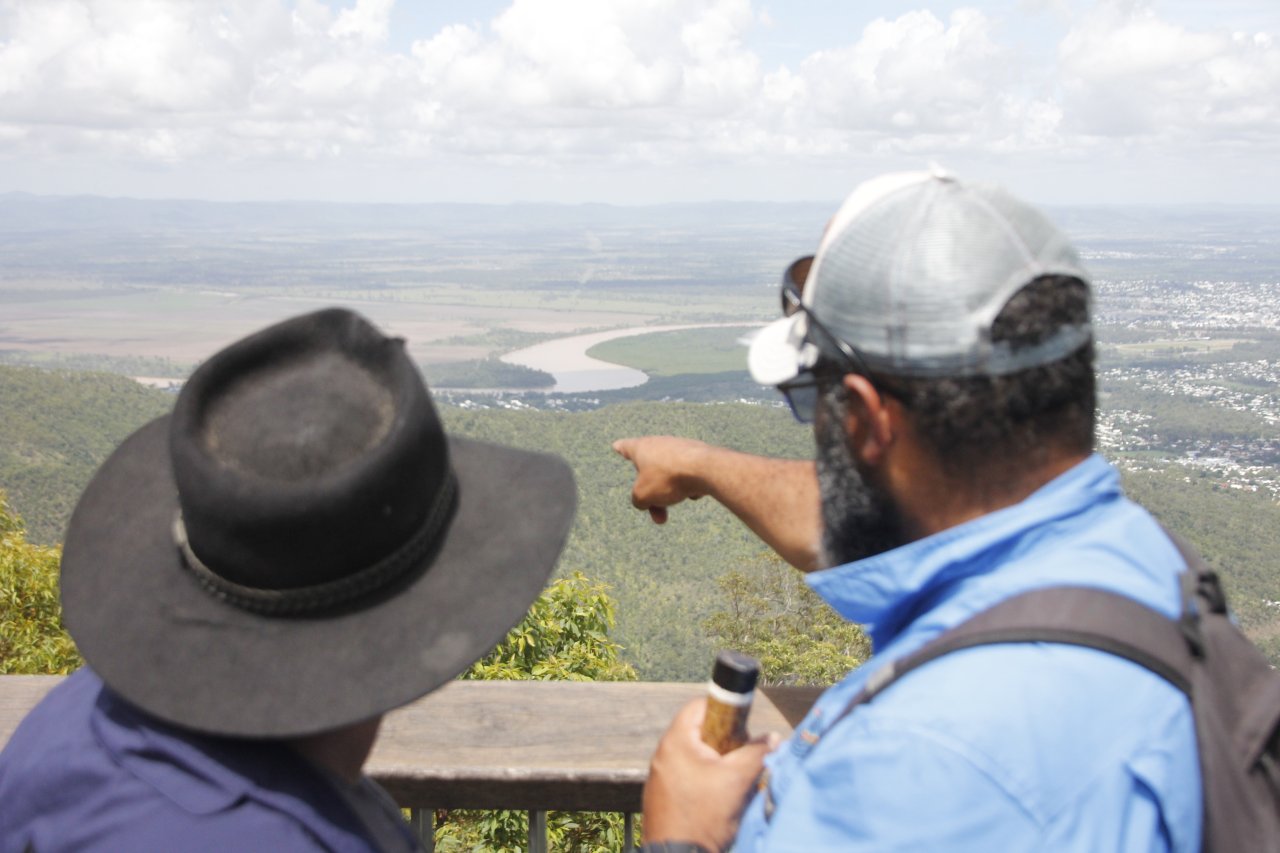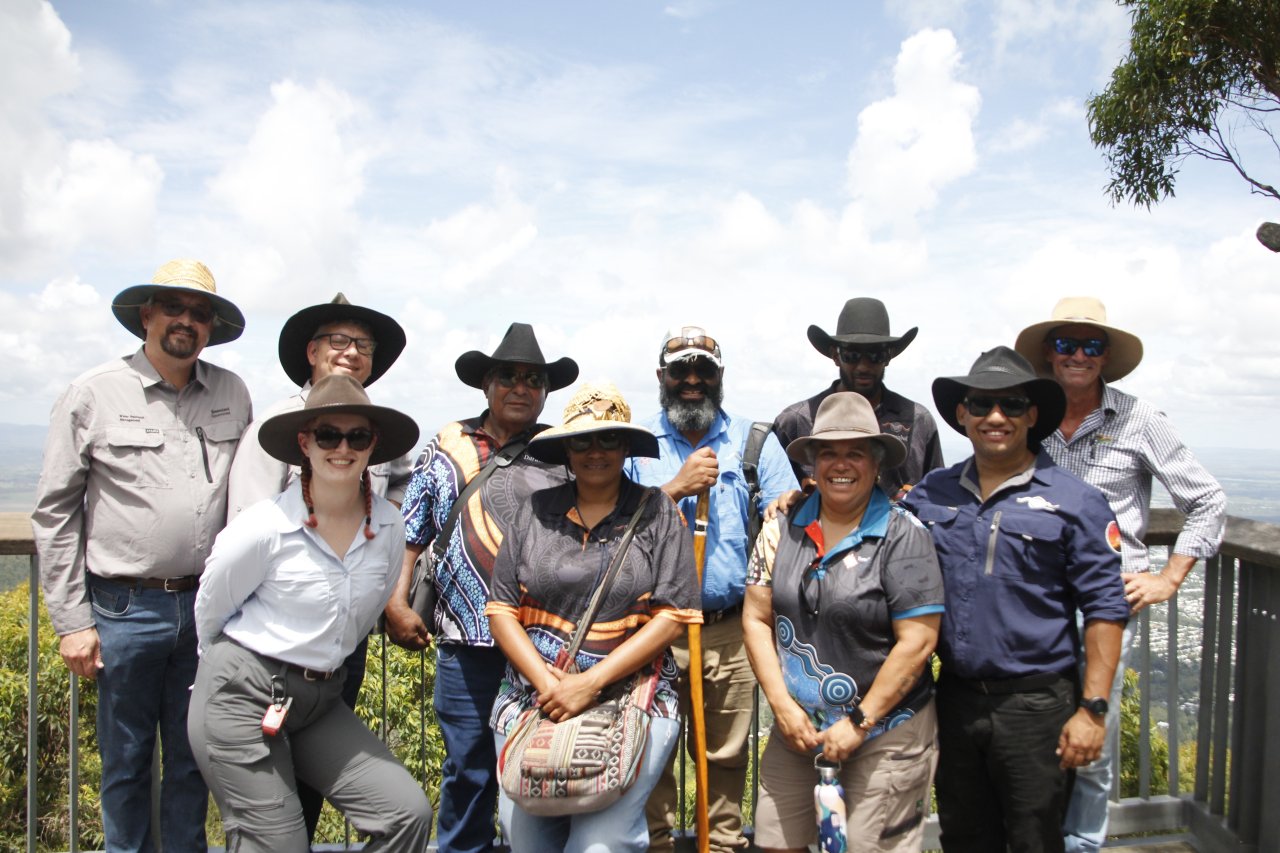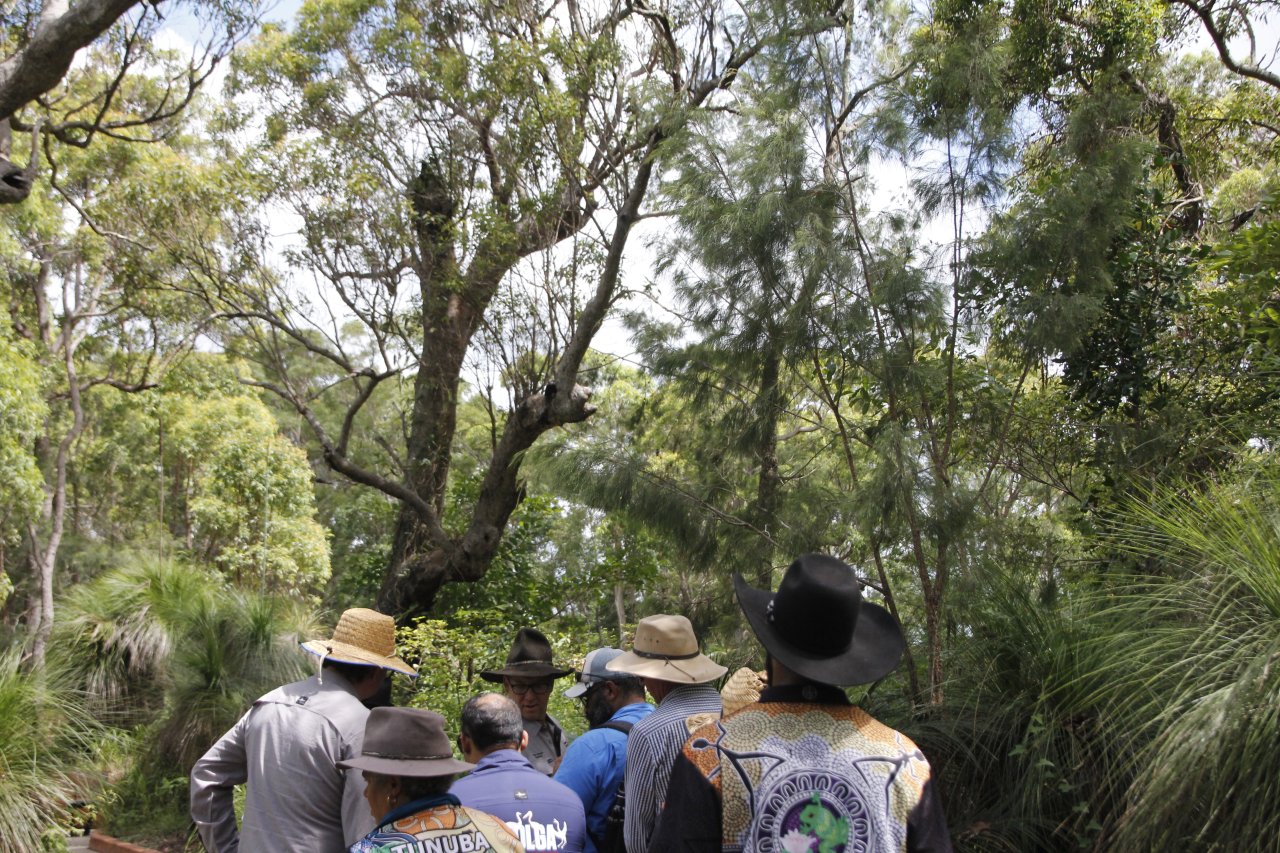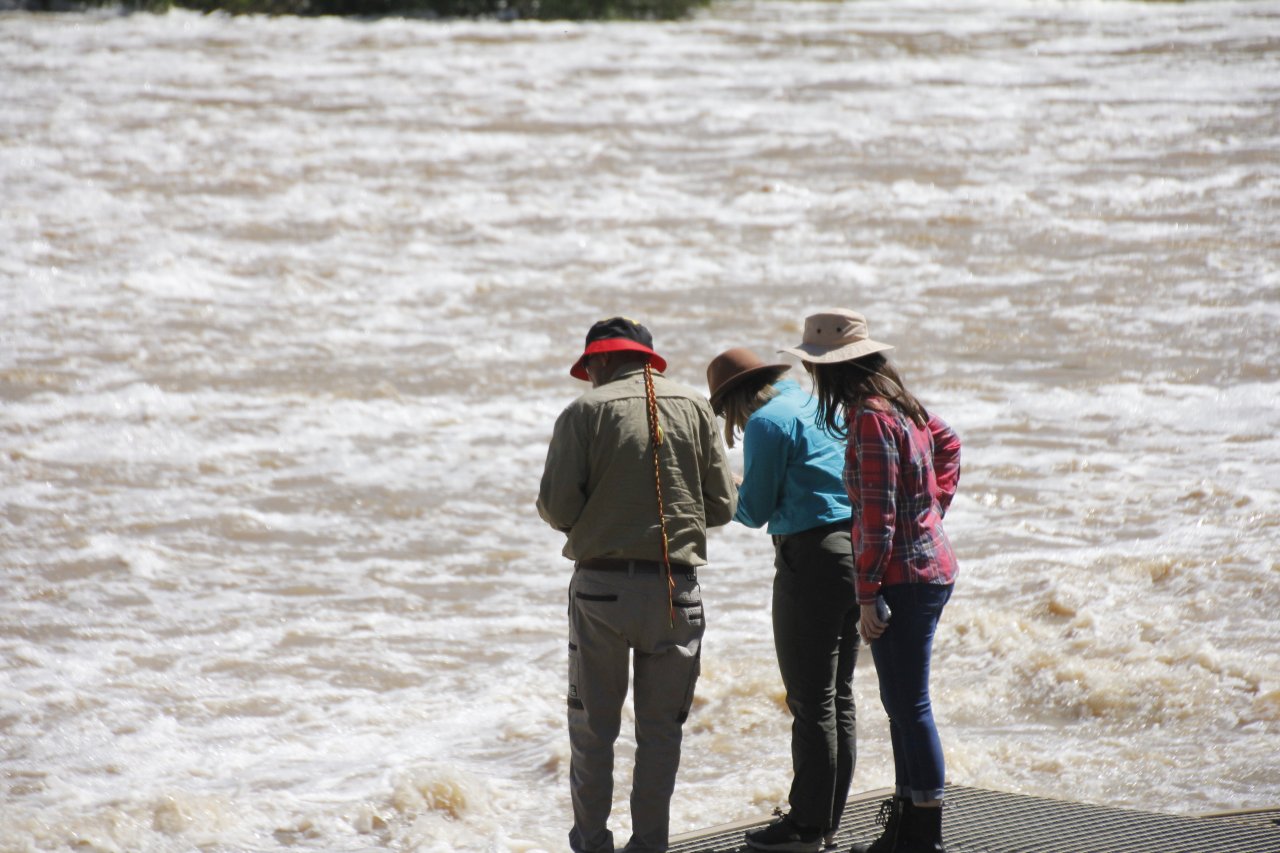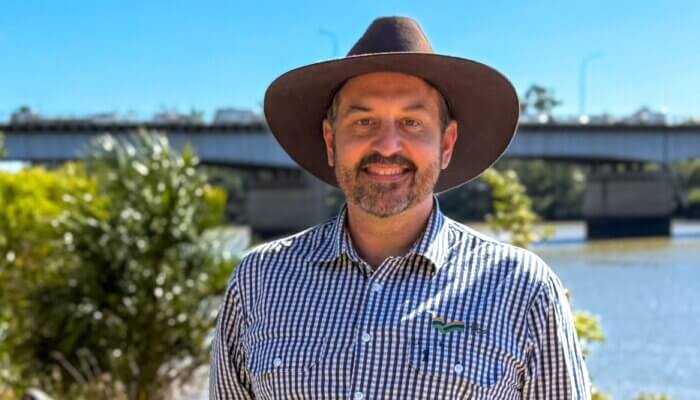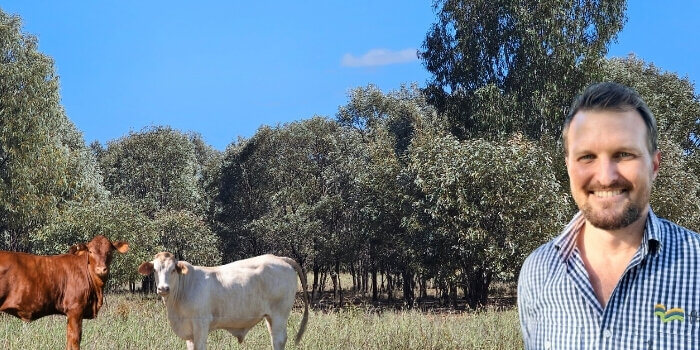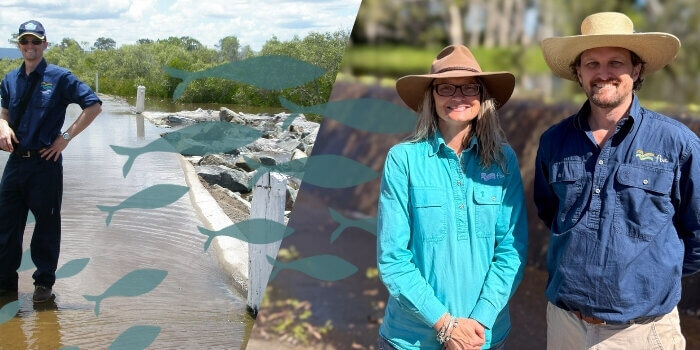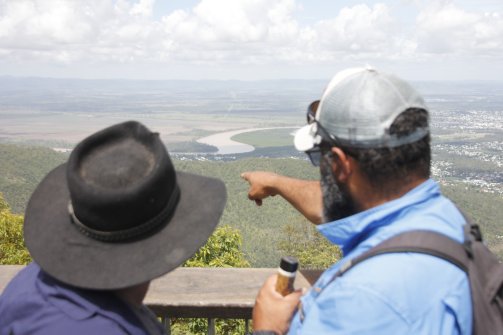
First Nations Peoples have say on Fitzroy Water Plan
Posted on June 26th, 2024
For Gloria Malone engaging with the 17 First Nations groups across the Fitzroy region is a personal experience.
Gloria, FBA’s Indigenous Engagement Coordinator, is a descendant of the Darumbal people on her mother and grandfather’s side and is of Western Kangulu and Wangan and Jangaulou descent on her father’s side.
Gloria and FBA’s Environment Project Officer Cameron Mulville have been meeting with First Nations groups to visit significant sites, discuss what water means on their Country and how they would like to see it managed.

“Water to us means life, and if you don’t have life, you don’t have anyone,” Gloria said.
“We are the first natural resource managers in this area and we’ve done it for 50,000 to 60,000 years, even longer.”
The discussions are part of the Queensland Department of Regional Development, Manufacturing and Water’s plan to engage with the region’s First Nations people on the Draft Fitzroy Water Plan, which will make up part of the Water Act 2000.
A key purpose of the Water Act 2000 is to provide a framework for the sustainable management of water resources, that recognises the interests of First Nations Peoples and their connection to water.
In Queensland water plans must now include the desired cultural outcomes for the management and allocation of water in the plan area, explicitly recognising the importance of water resources to First Nations Peoples.
Collaboration with the First Nations groups of the Fitzroy region is essential to the establishment of cultural outcomes represented in the draft water plan.
“There’s 17 First Nations groups in the Fitzroy Basin, we’ve finished consultation with six,” Cameron Mulville said.
“The water plan is about getting the spiritual significance of water for that First Nations group.

“A lot of mob have described it as the bloodline flowing through their veins that keeps everything alive and well and healthy,”
Cameron said.
Water is vital for many aspects of First Nations traditions and Gloria said it’s important Aboriginal and Torres Strait Islander people can finally have a say over how it’s managed and used.
“It’s taken a long time but we’re finally able to have a say and say this is what we do when we care for water,” Gloria said.
Gloria said the engagement process was also about earning the trust and respect of each mob.
“Coming in with a government department it does start off with tense conversations and that’s only because we haven’t been able to have those conversations previously,” Gloria said.
“For First Nations mob the time frame is usually too short when government wants to consult with them, but we’ve set up these sessions so that we’re there for a couple of days. As soon as you start having the conversations, you make some really good friends and have some really good conversations and learn a lot.”
Gloria said First Nations people want to be heard and have their questions answered.
“The outcomes I’m trying to get from each group is to know what they’d like to see in the water plan from their Country.
“A lot of them are saying there’s a lot of chemicals in the water and if that’s something all 17 First Nations group are finding, then maybe that’s something that can go in the water plan, where regulations are put in place to reduce the chemicals in the water.”
The final water plan is expected to be released by August 2025.
